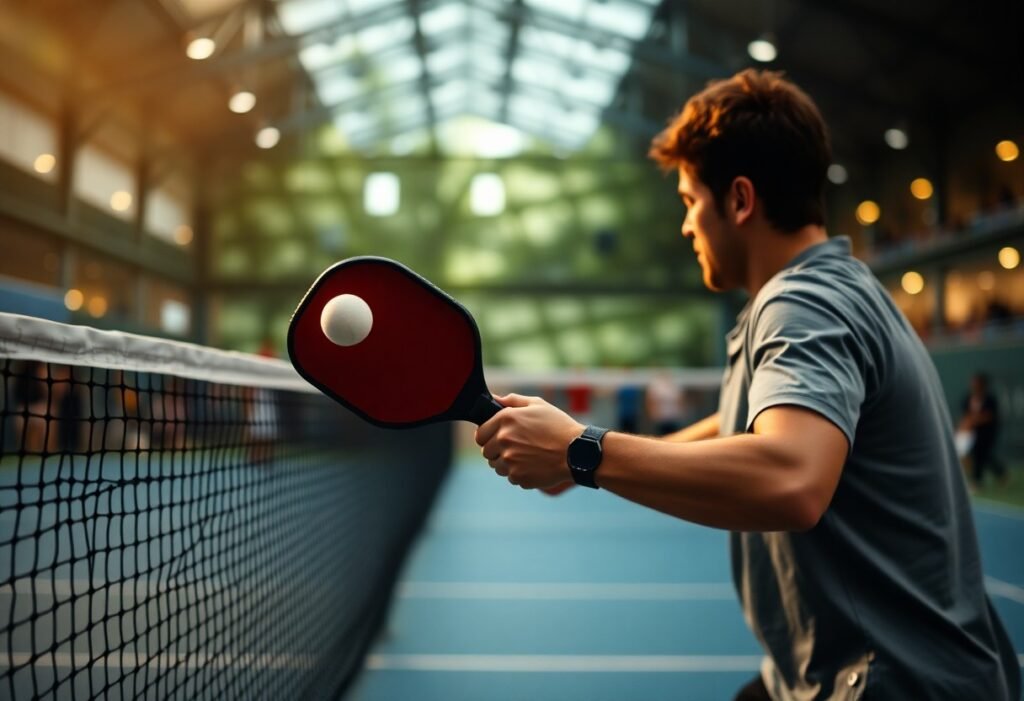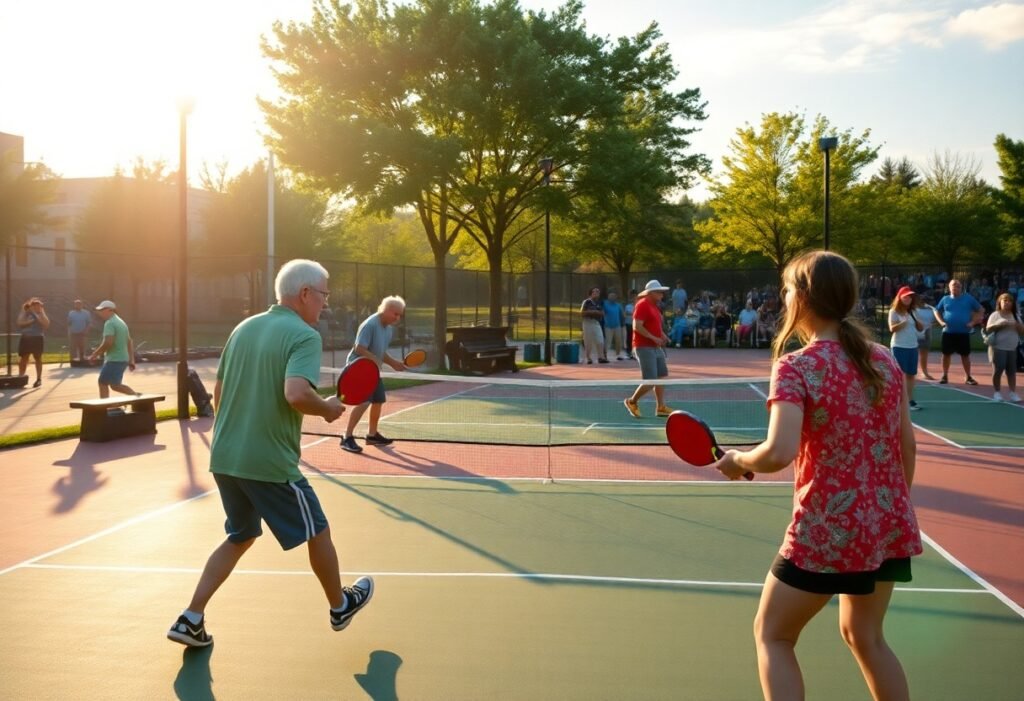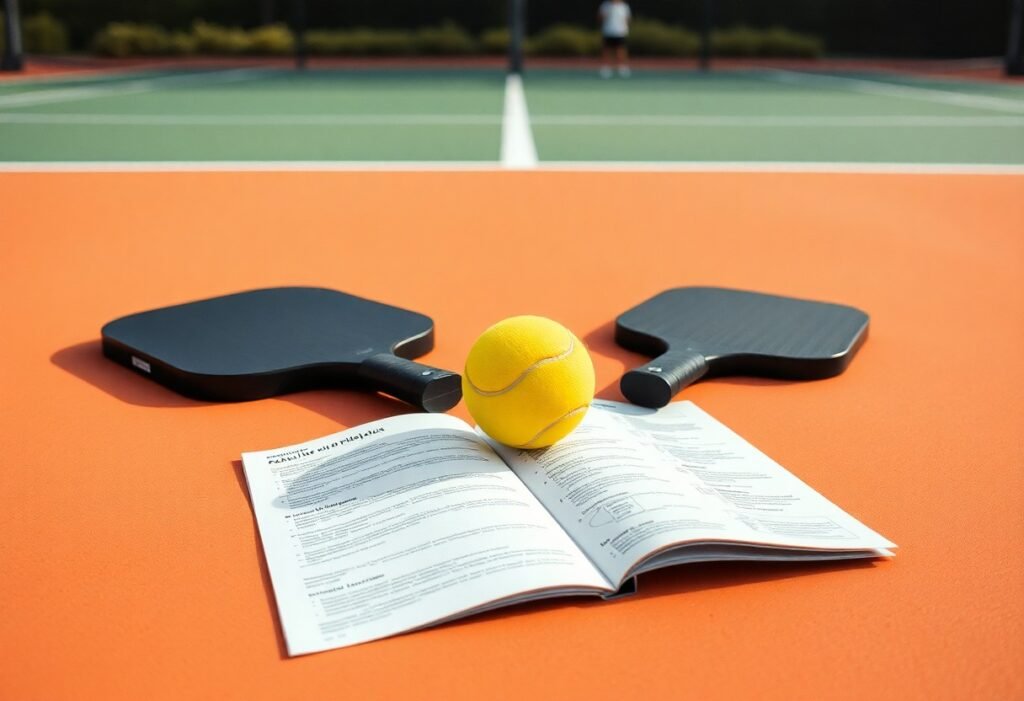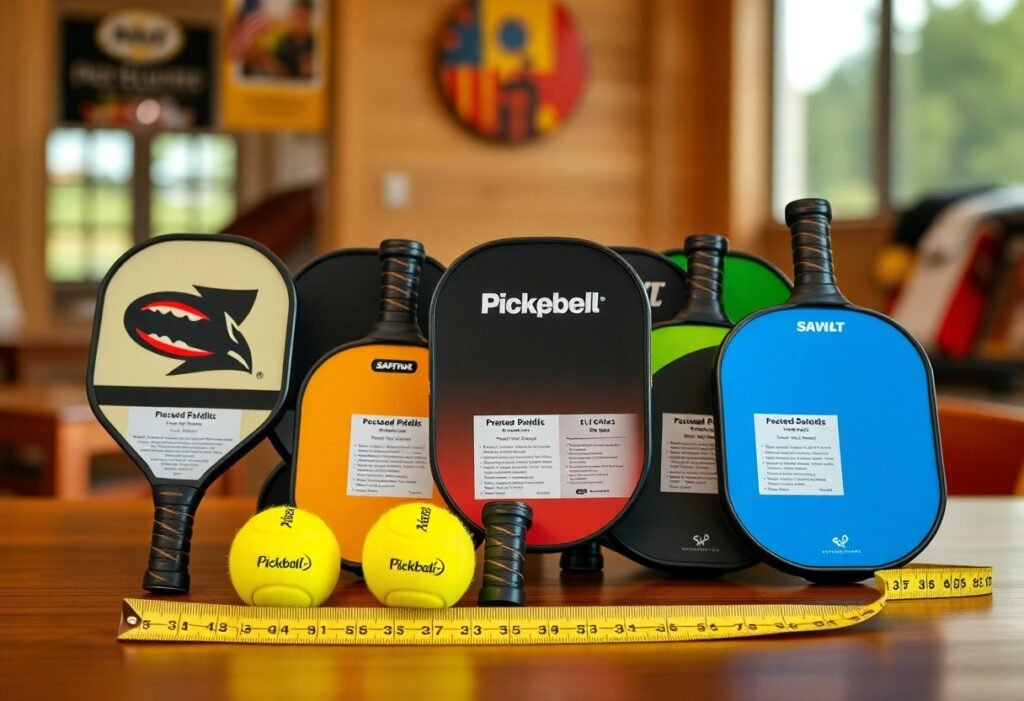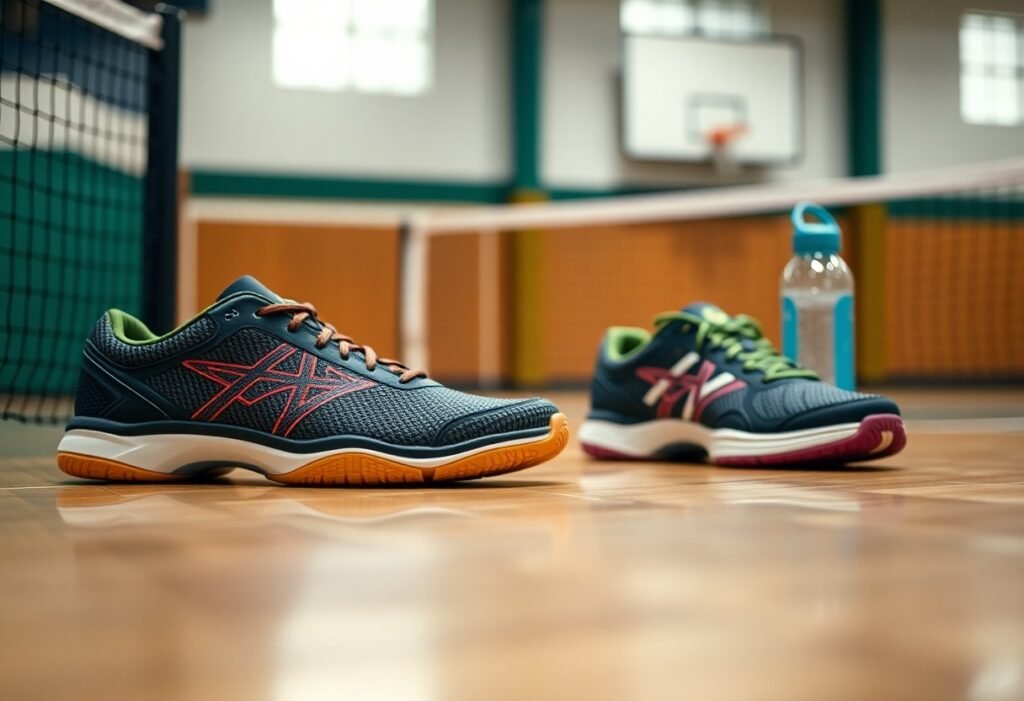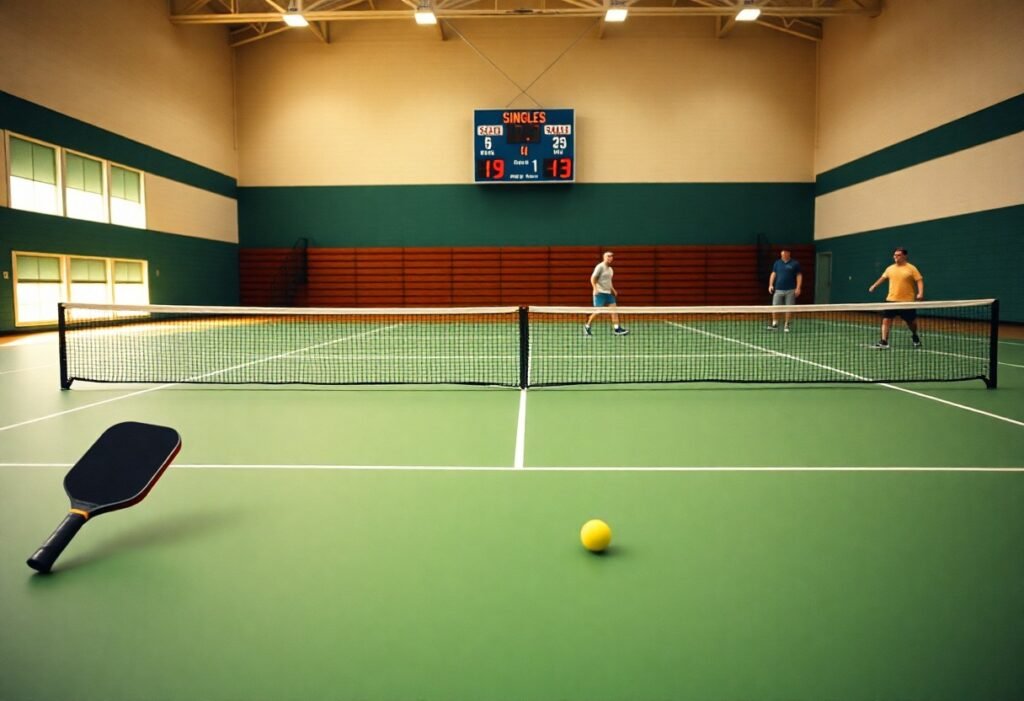Just mastering the dink shot could elevate your pickleball game to new heights. This finesse move allows you to control the pace, put pressure on your opponents, and create opportunities for winning shots. By utilizing the dink, you can effectively neutralize aggressive players and dictate the flow of the match, turning the tide in your favor. Embrace the strategic benefits of the dink shot, and you’ll find it to be an vital component of your playing arsenal.
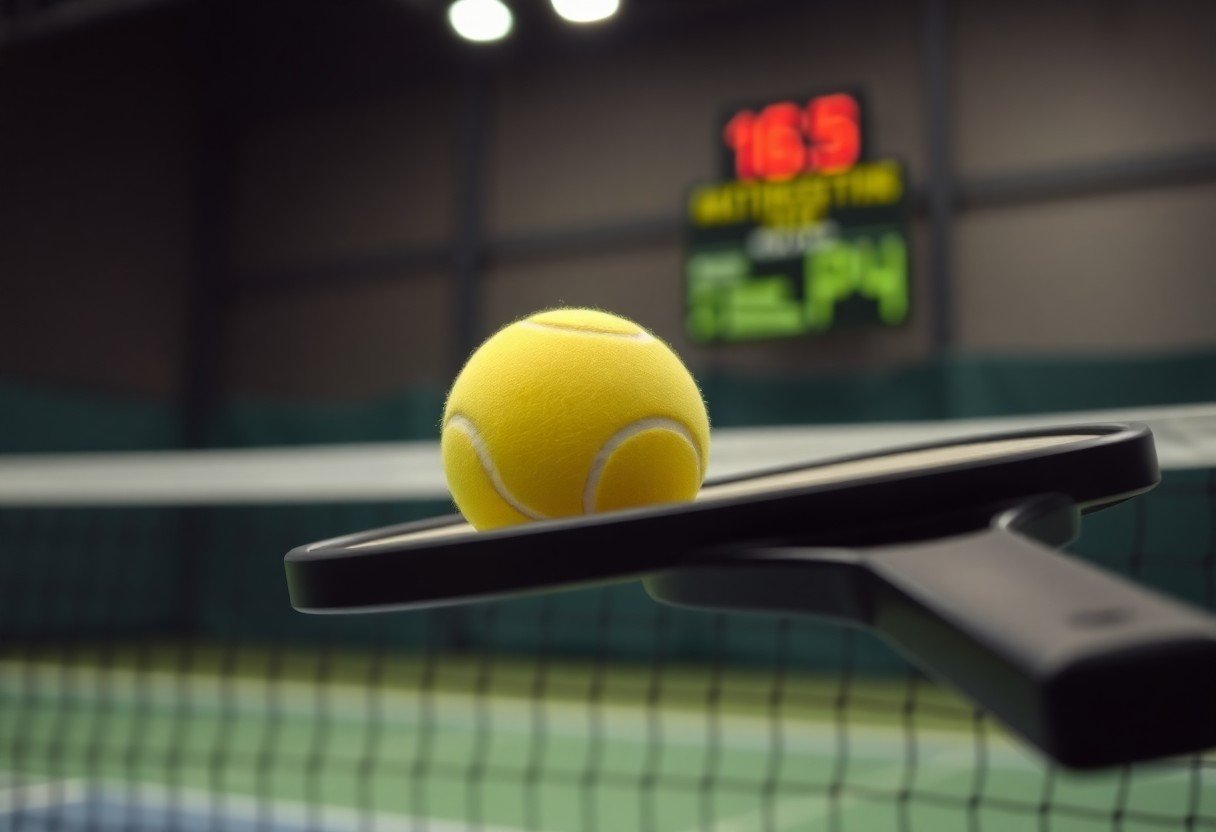
Key Takeaways:
- The dink shot allows players to control rallies and dictate the pace of the game.
- Effective dinking can force opponents into making errors or playing defensively.
- Mastering the dink shot enhances overall strategy and improves net play in competitive matches.
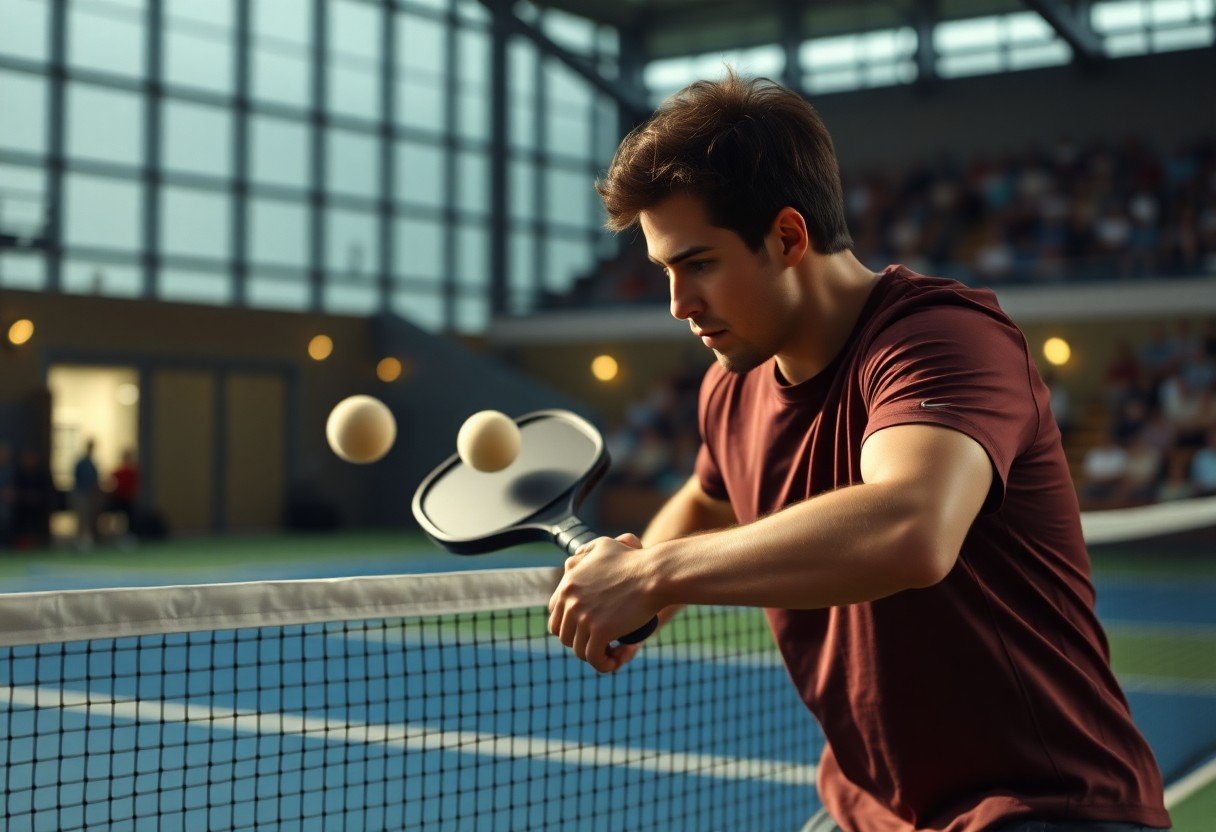
Understanding the Dink Shot
What is a Dink Shot?
A dink shot is a soft, controlled stroke executed near the net that sends the ball just over the net and into the opponent’s non-volley zone. It’s typically played with the paddle angled down, utilizing finesse rather than power, and aims to create challenging angles for your opponent.
The History of the Dink Shot
The dink shot has its roots in the early days of pickleball, when the game was designed to promote accessibility and fun among players of all ages. The shot emerged as players sought ways to extend rallies and create strategic play, evolving into a fundamental technique valued for its effectiveness in turning the tide of a match.
Originally a practical response to the game’s unique rules, the dink shot quickly became a strategic element that separates novice players from the pros. As pickleball gained popularity, players refined the technique, which is now considered a hallmark of tactical play. Over the years, instructional materials evolved, showcasing the dink not merely as a shot but as a weapon to outsmart opponents.
Differences Between Dink Shots and Other Shots
Unlike power shots such as smashes or drives that rely on speed and aggression, dink shots prioritize precision and control. They are aimed at exploiting the opponent’s positioning, encouraging mistakes rather than overwhelming them with force.
While traditional shots often seek to dominate the rally through speed, the dink shot requires you to adopt a more subtle approach, focusing on placement and timing. This strategic distinction can disrupt your opponent’s rhythm and create opportunities for you to capitalize on weak returns, setting you apart as a more tactically aware player.
Technique and Execution
Stance and Grip
Your stance plays a vital role in executing a dink shot. Position your feet shoulder-width apart with a slight bend in your knees for balance. Maintain a low center of gravity to react quickly. Your grip should be firm yet relaxed, allowing for a controlled touch. A relaxed grip helps you to feel the ball better, enhancing your ability to place it precisely over the net.
Proper Swing Mechanics
To achieve a successful dink, focus on smooth, controlled swing mechanics. This involves a short backswing with your paddle positioned slightly above the ball, followed by a gentle forward motion, ensuring your follow-through is smooth and completes in front of your body. Avoid rushing your movements; instead, prioritize finesse and control over power.
Utilizing correct swing mechanics not only enhances consistency but also increases accuracy. You should aim for a gentle touch, often utilizing the wrist to add more precision. Maintaining a horizontal paddle face allows for better control, making it easier to execute dinks that clear the net with just enough height and land within the non-volley zone.
Timing and Placement
For effective dinking, mastering timing and placement is necessary. Pay close attention to your opponent’s position and respond accordingly. Execute the shot when the ball reaches its peak, allowing you to place it where it becomes challenging for your opponent to respond effectively.
Timing also impacts the effectiveness of your shot. Striking the ball early allows you to disrupt your opponent’s rhythm, while a well-placed dink can create openings by forcing them to reposition. Aim for corners or the midline, as these spots often lead to weak returns, setting you up for subsequent offensive plays.
Strategic Importance of the Dink Shot
Creating Angles
The dink shot allows you to create sharp angles that can catch your opponents off guard. By positioning the ball close to the sideline or in tight spaces, you force them to stretch and move laterally, making it more challenging for them to return the shot effectively. This tactic opens up the court and can create opportunities for winning shots on your subsequent plays.
Setting Up the Next Shot
A well-executed dink shot effectively sets the stage for your next move. By controlling the pace and placement of the ball, you can dictate the tempo of the rally. When you place your dink shot strategically, you can align your position for a powerful follow-up shot, increasing your chances of winning the point.
Consider how positioning after a dink shot plays a vital role. Once you land a solid dink, immediately prepare for your next shot based on your opponent’s response. Should they return a weak shot, you’ll be positioned to attack with a volley or smash. This tactic not only keeps you in control but also enhances your overall game strategy.
Disrupting Opponent’s Rhythm
The dink shot is effective in disrupting your opponent’s rhythm, forcing them to adjust their game. By mixing in soft, controlled dinks amid faster exchanges, you can throw off their timing and create openings for aggressive plays. This unpredictability keeps opponents on their toes and can lead them to make errors.
For instance, if your opponent relies on a steady pace, a sudden dink can break their flow, pushing them to rethink their strategy. By varying your shot selection, you create uncertainty in their game, making it easier for you to capitalize on any mistakes they might make as they attempt to recover their rhythm. This tactical disruption is vital for gaining the upper hand in the match.
Mastering the Dink Shot
Drills for Practice
To develop your dink shot, incorporate specific drills into your practice sessions. Set up a target area just beyond the net and practice dinking the ball into this zone from various angles and distances. Partner drills can also enhance accuracy by alternating dinks back and forth, focusing on technique and control. For further insights, check out Mastering the Dink: The 6 Secrets Of Pickleball’s Sneakiest Shot.
Common Mistakes to Avoid
Many players struggle with their dink shots due to avoidable errors. Often, improper positioning leads to weak shots that can be easily returned. Additionally, failing to properly follow through can result in inconsistent placement. Stay conscious of your body positioning and ensure you’re stepping into the shot.
Being aware of typical pitfalls can significantly improve your game. Over-hitting the ball or trying to force it into a spot can cause frustration. Instead, focus on a smooth, controlled action that allows for finesse. Many players also neglect to keep their paddle face angled correctly, which can lead to unwanted mishits.
Tips from the Pros
Professionals can provide invaluable insights for enhancing your dink shot. Always maintain your focus on your opponent’s positioning, allowing you to anticipate their next move. Additionally, practice varying the angles and spin of your dinks to keep your opponent guessing.
- Focus on opponent’s positioning.
- Vary your angles and spin.
- Practice control over power.
- Use soft hands for touch.
Pro tips often emphasize the importance of mental strategy. Anticipate your opponent’s responses while maintaining a relaxed grip on your paddle. Any tension can undermine your touch and accuracy, so keep your strokes fluid and intentional.
- Anticipate opponent’s responses.
- Maintain a relaxed grip.
- Keep strokes fluid and intentional.
- Develop a mental game.
The Dink Shot in Game Scenarios
Offensive Strategies
Utilizing the dink shot offensively creates opportunities to exploit your opponent’s weaknesses. By placing soft shots just over the net, you can draw your opponents in, opening up the court for more aggressive shots. For example, if you notice your opponent struggles with low balls, repeatedly using the dink can force them into uncomfortable positions, setting you up for a winning volley or overhead.
Defensive Strategy
The dink shot serves as an effective defensive maneuver when you’re on the back foot. If your opponent is pressuring you with fast, aggressive shots, incorporating dinks allows you to regain control of the rally. This soft shot shifts the momentum of the game, giving you time to reposition and prepare for the next strike.
By executing the dink defensively, you disrupt your opponent’s rhythm. For example, when faced with an incoming hard shot, a well-timed dink can slow the pace and force them to react, creating potential openings. This tactic is particularly useful at the kitchen line, where you can keep the ball low and limit their offensive options.
Situational Awareness
Your situational awareness while executing a dink shot can dictate the game’s outcome. Reading the court allows you to identify when and where to place the ball effectively, ensuring you capitalize on your opponent’s positioning. This skill comes with practice and attentiveness to your opponent’s stance and reactions.
For instance, if you see your opponent leaning back, a well-placed dink can catch them off-guard and lead to an unforced error. Always check your surroundings, including your partner’s position and the overall geometry of the court, to make informed decisions on your shot placement, keeping your opponents guessing and on their toes.

Analyzing Professional Matches
Key Moments Featuring the Dink Shot
In high-level pickleball matches, the dink shot often dictates the flow of play. For instance, during the finals of the 2022 US Open, critical moments included a series of dinks that set up winning volleys, showcasing how strategic placement can break down an opponent’s defense. Similarly, skilled players use dinks to force errors, turning intense rallies into decisive points.
Player Profiles: Great Dinkers
Some of the most successful pickleball players excel at the dink shot. Take, for example, Thomas Wilson and Simone Jardim. Both have established themselves as masters of the dink, using it not just as a defensive maneuver, but as an offensive tool that shifts the momentum in their favor.
Focusing on players like Jardim, whose percentage of points won from dinks is over 60%, you can see how effectively this strategy plays into their overall game plan. Wilson’s consistent proficiency in executing dinks under pressure has helped him secure multiple titles, showcasing that these players have honed their skills through practice and strategic thinking.
Lessons from Top-level Play
Analyzing professional matches reveals that effective dink strategies often lead to higher winning percentages. Observing players utilize the dink shot to control the net and frustrate opponents can teach you invaluable tactics for your own gameplay.
In particular, understanding the importance of positioning and timing can elevate your skill level. Top players frequently use dinks during critical moments, emphasizing their role in turning the tide of a match. By incorporating similar tactics into your game, you can replicate their success and develop a more dynamic playing style that includes quick changes in pace and placement. Aim to make the dink an integral part of your strategy, as its effectiveness has been repeatedly validated in professional arenas.
Summing up
Presently, mastering the dink shot can elevate your pickleball game to new heights. This subtle yet powerful tactic allows you to control the pace of the match, create openings, and frustrate your opponents. By incorporating dinks into your strategy, you not only enhance your skill set but also increase your chances of outmaneuvering opponents during critical rallies. Your ability to effectively use this shot will undoubtedly make you a formidable player on the court, setting you apart from the competition.
FAQ
Q: What is a dink shot in pickleball?
A: A dink shot is a soft shot that is played near the net, typically with a gentle touch, allowing the ball to drop just over the net into the opponent’s court. It aims to keep the ball low and force your opponent to hit upward.
Q: Why do pros consider the dink shot a secret weapon?
A: Pros value the dink shot because it enhances their ability to control the game, disrupt their opponent’s rhythm, and set up strategic plays. It allows players to manipulate the pace and placement of the ball effectively.
Q: How can beginners effectively learn the dink shot?
A: Beginners can effectively learn the dink shot by focusing on their grip, stance, and follow-through. Practicing with a partner, emphasizing touch and control over power, will also help in mastering this technique.
Q: When is the best time to use the dink shot during a match?
A: The best time to use the dink shot is when you are close to the net and your opponent is positioned further back. It’s also effective when aiming to break your opponent’s momentum or create openings for a more aggressive shot.
Q: What mistakes should players avoid when executing a dink shot?
A: Players should avoid hitting the ball too hard or high, which can lead to easy returns for their opponents. Failing to focus on proper body positioning and timing can also result in ineffective dinks.


